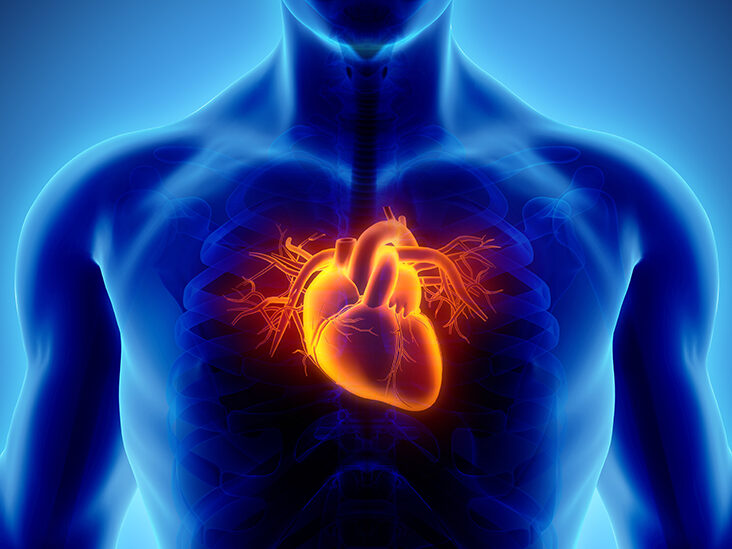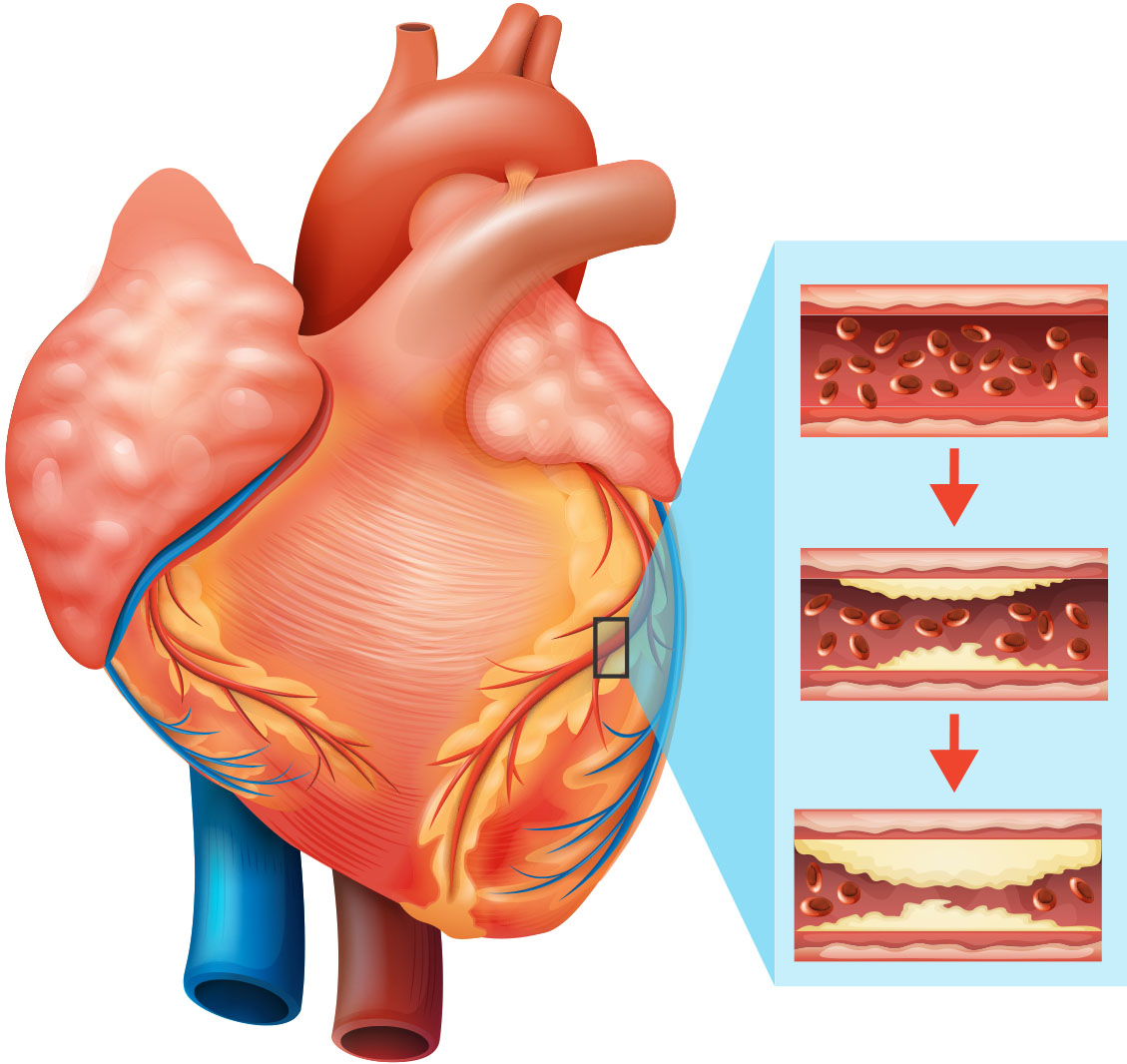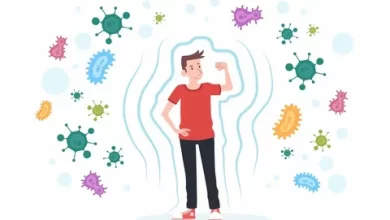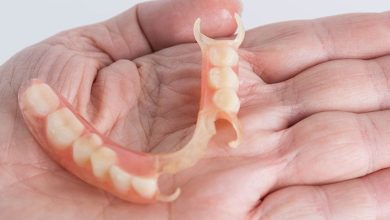Information About The Deadly Coronary artery disease


Coronary artery disease is the narrowing or blockage of the coronary arteries, usually caused by atherosclerosis. Atherosclerosis (sometimes called “hardening” or “clogging” of the arteries) is the buildup of cholesterol and fatty deposits (called plaques) on the inner walls of the arteries.
Table of Contents
Symptoms
If your coronary arteries narrow they can’t supply enough oxygen-rich blood to your heart especially when it’s beating hard, such as during exercise.
At first, the decreased blood flow may not cause any symptoms. As plaque continues to build up in your coronary arteries, however, you may develop the following coronary artery disease signs and symptoms:
Chest pain (angina):
You may feel pressure or tightness in your chest, as if someone were standing on your chest. This pain, called angina, usually occurs on the middle or left side of the chest.
Angina is generally triggered by physical or emotional stress. The pain usually goes away within minutes after stopping the stressful activity. In some people, especially women, the pain may be brief or sharp and felt in the neck, arm or back.
Shortness of breath:
If your heart can’t pump enough blood to meet your body’s needs, you may develop shortness of breath or extreme fatigue with activity.
Heart attack:
A completely blocked coronary artery will cause a heart attack. The classic signs and symptoms of a heart attack include crushing pressure in your chest and pain in your shoulder or arm, sometimes with shortness of breath and sweating.
Women are somewhat more likely than men are to have less typical signs and symptoms of a heart attack, such as neck or jaw pain. And they may have other symptoms such as shortness of breath, fatigue and nausea.
Sometimes a heart attack occurs without any apparent signs or symptoms.
What is the treatment for CAD?
It’s important to reduce or control your risk factors and seek treatment to lower the chance of a heart attack or stroke, if you’re diagnosed with CAD.
Treatment also depends on your current health condition, risk factors, and overall wellbeing. For example, your doctor may prescribe medication therapy to treat high cholesterol or high blood pressure, or you may receive medication to control blood sugar if you have diabetes.
Lifestyle changes can also reduce your risk of heart disease and stroke. For example:
- Quit smoking tobacco
- Reduce or stop your consumption of alcohol
- Exercise regularly
- Lose weight to a healthy level
- Eat a healthy diet (low in fat, low in sodium)
If your condition doesn’t improve with lifestyle changes and medication, your doctor may recommend a procedure to increase blood flow to your heart. These procedures may be:
Balloon angioplasty:
To widen blocked arteries and smoosh down the plaque buildup, usually performed with insertion of a stent to help keep the lumen open after the procedure
Coronary artery bypass graft surgery:
To restore blood flow to the heart in open chest surgery
Enhanced external counterpulsation:
To stimulate the formation of new small blood vessels to naturally bypass clogged arteries in a noninvasive procedure
For any important information please contact us Email GadgetsNg info@gadgetsng.com
[Button id="1"]



